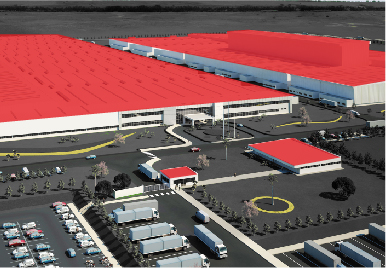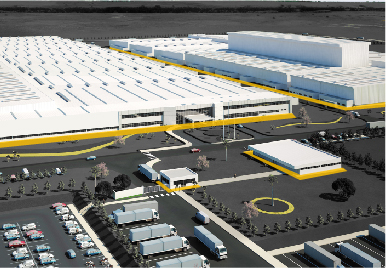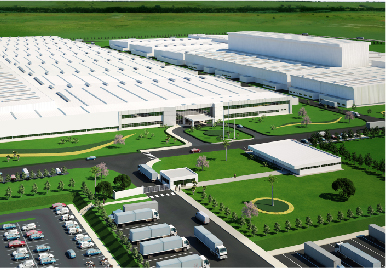Integrated Pest Management
Truly Nolen has 65 years of experience working in all commercial industries. The experience combined with the extensive research and development, results in the best protocols prepared to resolve any potential pest problem. The ongoing technical training of our agents ensures the correct application of the protocols, which makes Truly Nolen the first choice in pest control service.
Integrated Pest Management (IPM) is the system Truly Nolen uses to determine what type of treatment is necessary to keep pests under control, using different evaluation measures. In order to keep pest populations low enough to avoid damage and discomfort, Truly Nolen uses mechanical, cultural, chemical and biological processes, together with educational programs.
Three zone protocol
Truly Nolen divides control areas in green, yellow and red, performing specific treatments for each zone.

Red zone
It's the interior zone, where people usually spend more time and therefore the most sensitive area. Pests are monitored trying not to result in chemical treatments whenever possible.

Yellow zone
Is the perimeter, the last physical barrier preventing pests from entering.

Green zone
It's the outside area, where most pests are found. This is where we seek to control and monitor pests from going over to the interior zone.
5 Step Program
The five step program is performed in each of the three zones: red, yellow and green. Here's how it works:

1. Inspection: Pests and infestation levels are identified; possible failures in the physical structure are detected (entry points for pests); health problems are identified.
2. Identification: The points that need specific intervention by the Truly Nolen technical team are identified.
3. Determination: The appropriate measures for each situation are determined, and how they will be addressed by the technical team.
4. Control/Prevention: Our control and prevention programs are executed. The objective is to take measures to prevent future infestations risks and control pests that have been identified.
5. Communication: The customer is communicated what was identified, what was determined, how it is controlled and prevented, and what the customer can expect as a result of our actions.